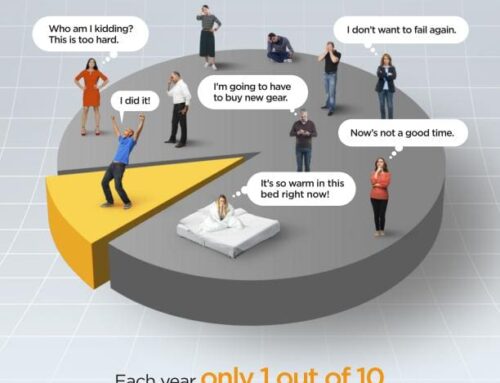We Celebrate Veterans Day
Veterans Day was originally known as Armistice Day. It is a Federal holiday in the United States. The holiday is observed on November 11 to honor military veterans. Those are defined as people who served in the United States Armed Forces that were discharged under conditions other than dishonorable. It also marks the anniversary of the end of World War I. Major hostilities of World War I were formally ended at the 11th hour of the 11th day of the 11th month of 1918. That is when the Armistice with Germany went into effect. Armistice Day was renamed Veterans Day in 1954.
 Veterans Day is distinct from Memorial Day, a Federal holiday in May. Veterans Day celebrates the service of all U.S. military veterans. On the other hand, Memorial Day honors those who had died while in military service. Another military holiday that also occurs in May is Armed Forces Day. It honors those currently serving in the U.S. military. Additionally, Women Veterans Day is recognized by a growing number of U.S. states that specifically honor women who have served in the military.
Veterans Day is distinct from Memorial Day, a Federal holiday in May. Veterans Day celebrates the service of all U.S. military veterans. On the other hand, Memorial Day honors those who had died while in military service. Another military holiday that also occurs in May is Armed Forces Day. It honors those currently serving in the U.S. military. Additionally, Women Veterans Day is recognized by a growing number of U.S. states that specifically honor women who have served in the military.
Learn the History of Veterans Day
On November 11, 1919, President Woodrow Wilson issued a message to his countrymen on the first Armistice Day. In that message, he expressed what he felt the day meant to Americans. The United States Congress adopted a resolution on June 4, 1926. It requested that President Calvin Coolidge issue annual proclamations calling for the observance of November 11 with appropriate ceremonies. A Congressional Act approved on May 13, 1938, made November 11 in each year a legal holiday.
World War II veteran Raymond Weeks had the idea in 1945 to expand Armistice Day to celebrate all veterans, not just those who died in World War I. Weeks led a delegation to General Dwight Eisenhower. He supported the idea of National Veterans Day. Weeks led the first national celebration in 1947 in Alabama. He did this every year until his death in 1985. President Ronald Reagan honored Weeks at the White House in 1982 with the Presidential Citizenship Medal. Elizabeth Dole prepared the briefing for President Reagan. She declared Weeks to be the “Father of Veterans Day.”
U.S. representative Ed Rees from sponsored a bill establishing the holiday. President Dwight D. Eisenhower signed the bill into law on May 26, 1954. Congress amended the bill on June 1, 1954, replacing “Armistice” with “Veterans.” The holiday has been known as Veterans Day since. The National Veterans Award was also created in 1954. Congressman Rees of Kansas received the first National Veterans Award in Birmingham, Alabama. It was for offering legislation to make Veterans Day a Federal holiday.
Originally, Veterans Day was scheduled to be celebrated on November 11. Starting in 1971, though, the Uniform Monday Holiday Act moved Veterans Day to the fourth Monday of October. In 1978, the holiday was moved back to November 11. While the legal holiday remains on November 11, It may be treated differently if that date happens to be on a Saturday or Sunday. Organizations that formally observe the holiday will normally be closed on the adjacent Friday or Monday, respectively. Because it is a Federal holiday, some American workers and many students have Veterans Day off from work or school.




